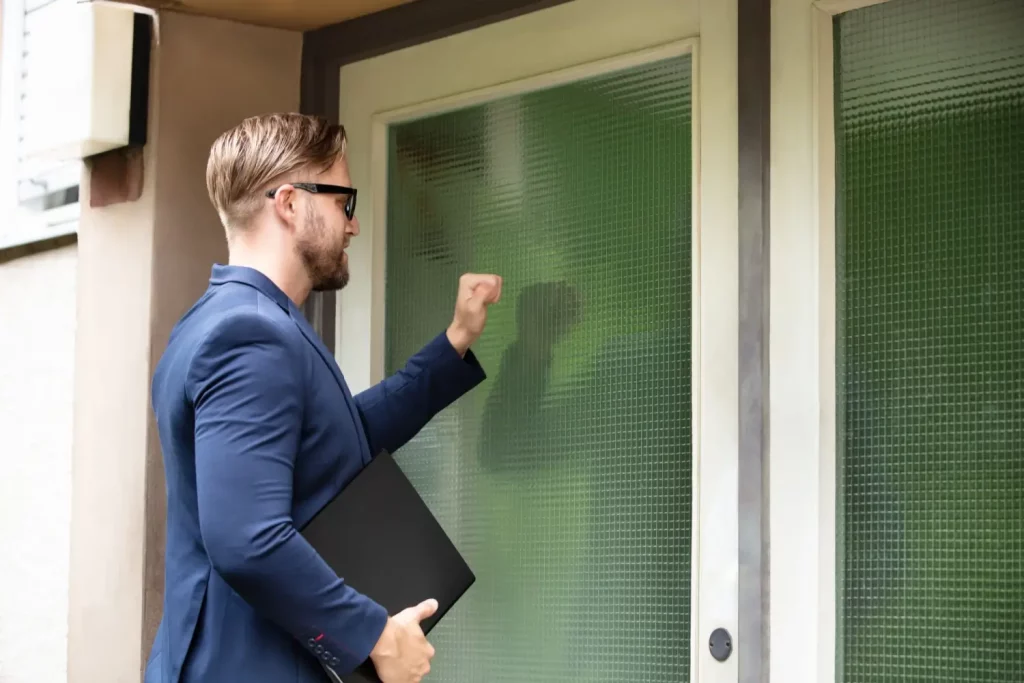Owing debt of any kind can be worrying, but receiving a notice of collection from the Canadian Revenue Agency (CRA) can be particularly alarming, especially if you don’t know why you’ve received it or how you should address it. The CRA deals with retrieving tax debt and COVID-19 benefits that you were not entitled to receive. Like all forms of debt, they should never be ignored. Let’s explore what a notice of collection from the CRA means and what you need to do to resolve the situation.
Key Points
- What is a CRA notice of collection?
- How do I pay off my tax debts?
- Resolve your CRA repayment challenges with Harris & Partners
What is a CRA notice of collection?
A notice of collection is a legal warning that you have unpaid tax debts that need to be paid as soon as possible. The first thing you should do is remain calm – this is a situation that can be resolved if you take action. Although it may seem scary to receive a notice of collection through the door, by law, the CRA must have contacted you by phone at least three times prior to the letter being sent, so you’ll have had plenty of warning.
If, however, you ignored the calls and a legal letter has landed on your doorstep you MUST take action before it escalates any further. The legal letter is valid for 180 days, so you have got a bit of breathing space to sort out what action you take next, but be aware that the CRA can start legal action at any time during this notice period, so it makes sense to take action sooner rather than later.
How do I pay off my tax debts?
Once the notice of collection has been issued there are a number of different options to pay it back.
Use money owed to you by the government
If you are owed money from a government department, the CRA can act on your behalf to retrieve it and use it towards paying your debts.
Third-party solutions
The CRA have the power to make your business partner(s) responsible for paying your debts. Obviously, this is far from ideal, but it is an option that they will use if you fail to cooperate with them.
Garnishing
Once the notice has been issued, the CRA have the power to take payments directly from your wages (up to 50% if you are employed and up to 100% if you are self-employed), any money you have in your bank account, and can even seize your assets to pay your tax debts. It goes without saying that you’ll want to avoid this step, which is why you should consider the next option very seriously.
Payment plan
Get in touch with the CRA and try to negotiate a payment plan with them. This won’t stop interest from being accumulated, but it will stop the threat of legal action and make the repayment of your debts much more manageable.
Payment in full
Depending on the amount of debt that you have, clearing it in one fell swoop is the best option all around. What to do if you can’t afford your CRA repayment.
Resolve your CRA repayment challenges with Harris & Partners
If you’ve tried to negotiate a repayment plan with the CRA but have been met with resistance, don’t worry, there are still options available to you – speak to an Insolvency Trustee at Harris & Partners. They are debt relief experts who are qualified to speak to the CRA on your behalf to see if an agreement can be reached. They can also advise you on all things debt consolidation, consumer proposal and bankruptcy.
Your initial consultation is completely free, so there’s nothing to lose. We have over 50 years of experience in helping Canadians escape their debt problems, so don’t ignore that CRA notice of collection any longer – bring it to us and let us help you to regain control of your debts today.












